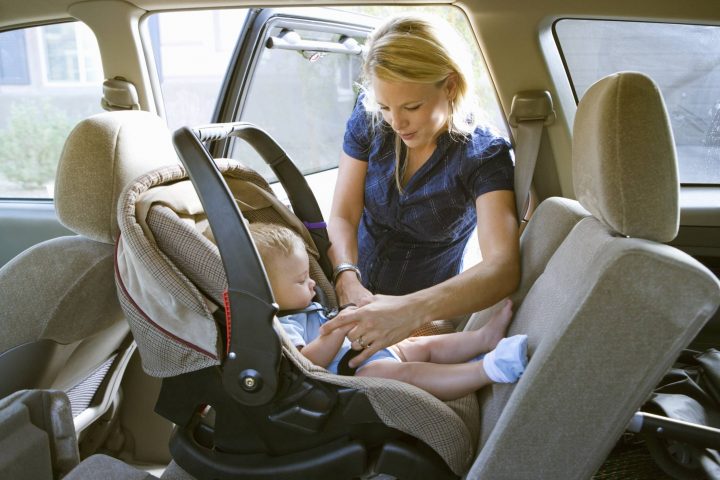About 90 per cent of the car seats inspected at a clinic in Weyburn, Sask. last week were either installed incorrectly or not used properly, according to RCMP.

On Oct. 13, RCMP Weyburn Combined Traffic Services, Weyburn City Police, Saskatchewan Prevention Institute, SGI and Canadian Tire held a clinic where four car seat technicians inspected over 80 child restraint devices.
“There were quite a few seats that were totally wrong but there were a lot that were installed but needed a lot of adjusting,” Cst. Ryan Oram, a car seat technician with RCMP Weyburn Combined Traffic Services, said.
Oram said the 90 per cent includes car seats being installed, loose seat belts or incorrect chest harnesses.
During the clinic, RCMP also found three car seats had expired. The parents or caregivers were provided a new free one, that was purchased with SGI Traffic Safety Promotions.
Oram said about a dozen that were positioned incorrectly, such as a car seat facing forward when it should be backward.
“Parents did an overall good job, it’s just more education should be available and that’s what we want to make known to the public,” Oram said.
According to Oram, the numbers are similar to previous years.
For parents who need help installing a car seat, before or after their baby is born, Oram said there are three RCMP officers and one Weyburn City Police officer available who are trained in a child seat course.
Transport Canada and SGI also have information on their websites about child car sizing and installation. According to SGI, rear-facing seats should be used for children 1.8 to 16 kilograms (4 to 35 pounds), forward facing seats for nine to 30 kg (22 to 65 lbs) and booster seats for over 18 kg (over 40 lbs).
Oram said it’s also important to keep a child’s age in mind and said the general rule is waiting until they are a year-old to switch to a forward-facing seat.
He also said many parents want to get their kids in a forward-facing seat or using a seatbelt so they can see their child by turning their head.
“Parents should never be in a hurry to get their kids out of the seats and a lot of parents want to have their child facing forward when they are too young,” Oram said.
“We did find a couple that were six to seven months old in a forward-facing seat which is not right because a child is pretty young and it’s the strength of the muscles to support their head in an accident.”
The RCMP did not hand out any fines during the clinic as it was meant as a learning opportunity but Oram said people can receive a $150 fine for inadequate child and infant restraint under the Traffic Safety Act.


Comments